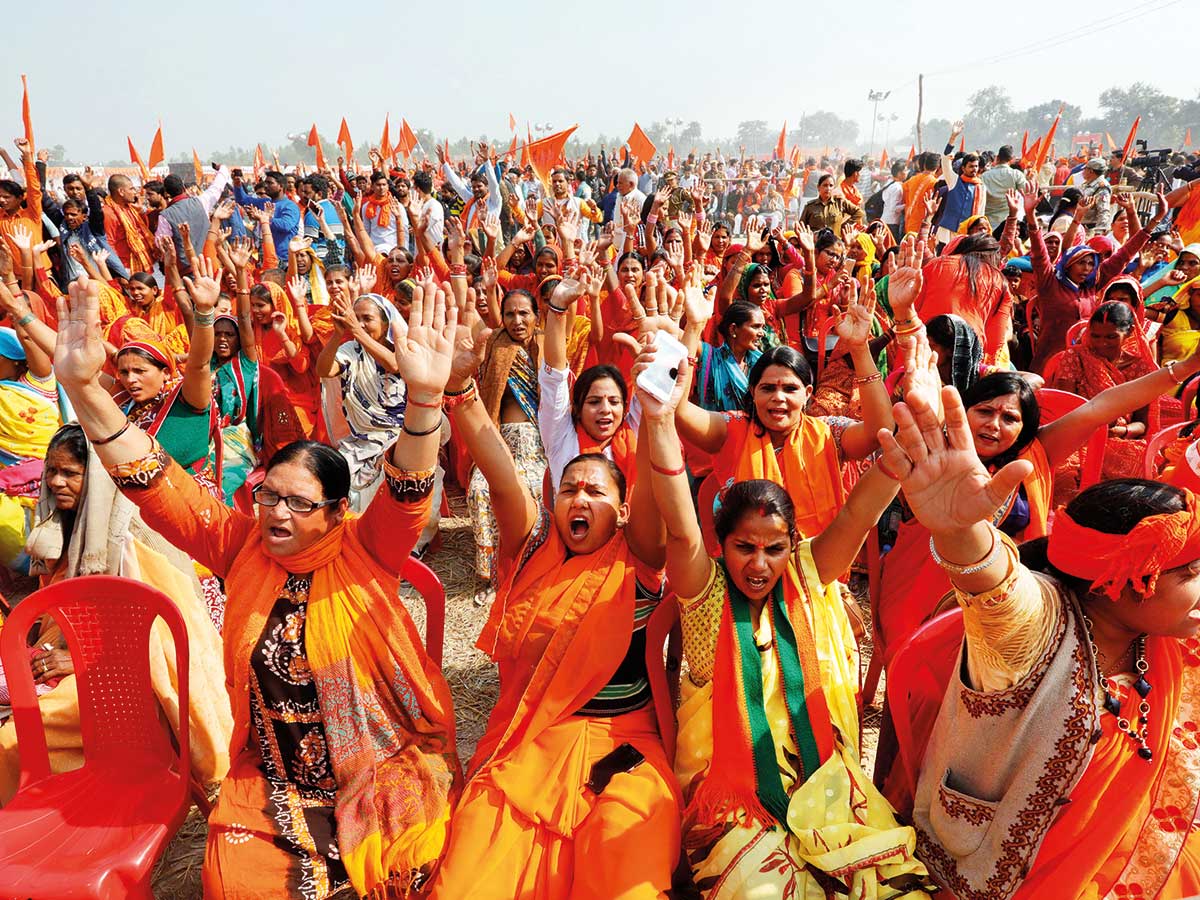Kumbh Mela (कुम्भ मेला) is the world’s largest, grandest, most spectacular event and the Hindu congregation drawing more than 5 crores (50 million) people from all corners of India and abroad. It is primarily a socio-spiritual confluence of sages and ascetics. Without any formal invitations, these saints converge at the Kumbh Mela site under the banner of their respective Akharaas and sects, following respective traditions. Traditionally, the Kumbh Mela has been the prerogative of these Akharaas. The Akharaas are the special sects to which sages and saints bear allegiance. Almost all of the designated 13 Akharaas trace their origin to Adi Shankaracharya. Each Akhara is distinct and has its own philosophy, traditions, practices of worship, chief deity etc. Notwithstanding the diversity, all of these Akharaas subscribe to a common mission – the upholding and propagation of Sanatana Dharma. Their, coming together at the Kumbh Mela bears testimony of Hinduism that it’s like a banyan tree.
Kumbh Mela is organised at four places on the banks of sacred rivers like the Ganges (Haridwar and Prayagraj), the Shipra (Ujjain) and the Godavari (Nasik).
The timing and venue of Kumbh Mela are determined on the basis of astronomical events. The calculations for Kumbh Mela and important baths are made by studying the positions of three celestial bodies Sun, Moon and Jupiter in different rashis or zodiac signs. The Kumbha Mela is held, usually, once every 12 years at a place. The Ardha Kumbha is held halfway, 6 years after one Kumbha and 6 before the next.
